The Dutch amphibious ship HNLMS Johan de Witt has arrived in London following a NATO deployment in the Baltic Sea as the flagship of Standing NATO Maritime Group 1 (SNMG1).
The visit follows months of patrols under Baltic Sentry, the Alliance’s mission to protect critical undersea infrastructure across Northern Europe.
Speaking to me and other journalists onboard, Commodore Arjen Warnaar, Commander of SNMG1, described a mission that has matured over the past year.
“When we started out in Baltic Sentry it was a new thing. The threat was very real, very new. And we have developed since then. For the last half year, we haven’t had any issues with critical infrastructure anymore. It’s a mature operation, very vigilant, I think that’s the right word.”
Warnaar credited cooperation between NATO forces and coastal states such as Sweden, Finland, and Estonia for improving security across the region’s network of cables and pipelines. “We’ve had some great reactions from the coastal states,” he told reporters. “NATO is not there to interfere. We monitor, we report what we see, and it’s up to the coastal states to take action. They have done. We’re there, we’re looking, they know we’re looking, and that has an effect.”
The Commodore told me that risks remain, however. “That doesn’t mean it’s over,” he said. “The threat is still very real. Our critical infrastructure is vulnerable, so we will remain there for as long as necessary.”
Warnaar, who took command of SNMG1 in January, said the group has been active across a wide area, from the Baltic to the High North. “We’ve been up in the High North for a large portion of last year, around Iceland and even into the Barents Sea. What happens there is that we’re watching what they’re doing, they’re watching what we are doing, and we try to keep cool, try to balance everything. It has a direct relation with our security, and that is paramount for this task.”
I joined the group out at sea in the Baltic in February; here’s my report from then.
Asked about operating close to Russian forces, Warnaar said, “When you put two opposing military forces in a small area like the Baltic, you have to watch out, because that can be inherently dangerous. Up till now, everything has been very professional. Yes, they’re watching us, and yes, they’re passing close by with military aircraft, but the interaction has been professional.”
“If you put two warships, two opposing warships, next to each other, obviously there is risk, because that is what these ships are built for. But if you have professional crews, people who know what the risk is and are well trained, then that risk is manageable. It’s about managing the risk. Peace through strength, that’s why you have armed forces, and that’s what we do.”
He described SNMG1 as a flexible task group capable of scaling rapidly to meet new challenges. “You need a staff, and you need a flagship, and you need a program. That program is flexible. If anything happens, that program is going to change. NATO partners can add their units into the task group if that is required. Our systems are aligned, so if anything happens, I can quickly increase this task group up to twelve units if necessary.”
Johan de Witt recently completed its Baltic patrols alongside other NATO ships, including Germany’s FGS Hamburg. Both vessels arrived in the UK after time at sea safeguarding the energy and data links that underpin Europe’s economy.
“The last half year we haven’t had any issues,” Warnaar said. “It’s a mature operation now. We’re there, we’re looking, and that has an effect.”


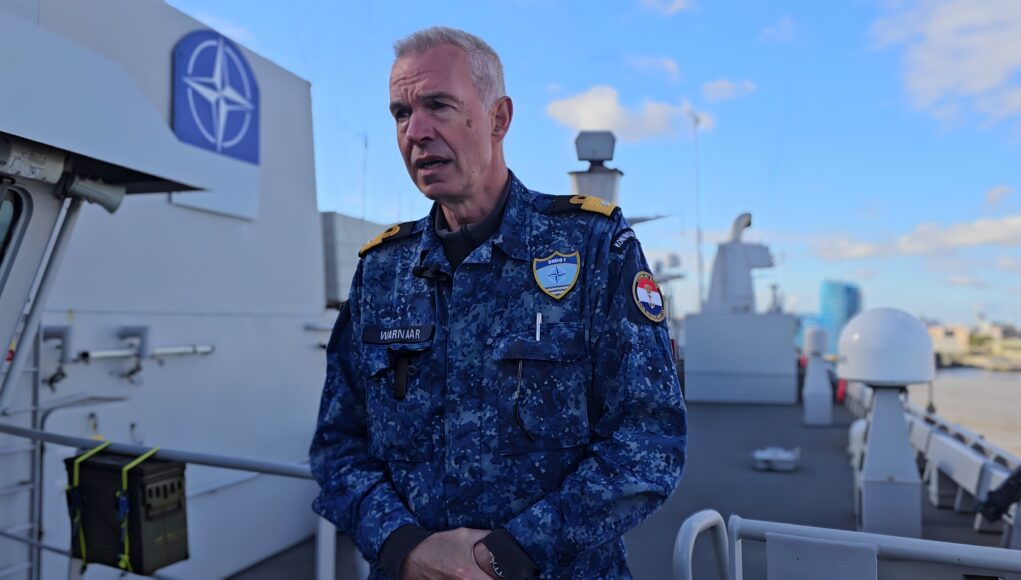


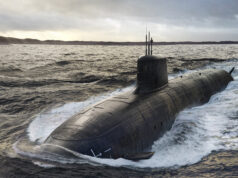
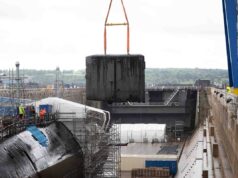
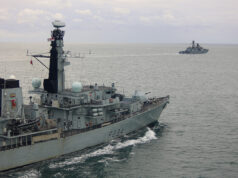
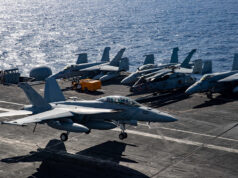
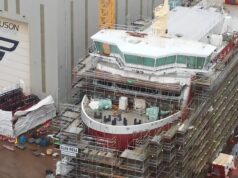
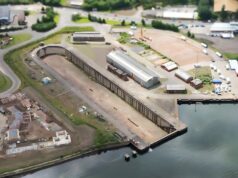
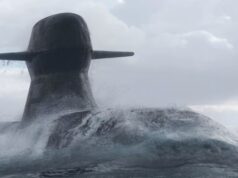
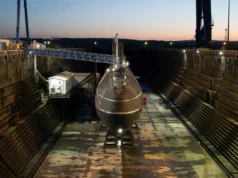

Might have to order one of George’s UKDJ Embroidered Tank Tops, looks nice and warm !
No mention of the two ukranians arreested for nordstrem sabbotage. ( out of 7 from a dive schools in kyiv) or the death of one of the seven.
Arjen Warnaar, are you expecting another Nord stream attack?? It cost a billion and Europe has been paying exorbitant gas prices since. Europe will never recover and doomed to be American captured buyers. Europe is in recession and high energy costs is a major reason for the manufacturing crisis. France just been reduced to AA- rating. US LNG sales are almost extortion but it is a price worth paying?! So being a Commodore is not enough, you need real action to be rear Admiral, then vice Admiral.
I’m afraid this is just a normal top.
You are missing a trick George, Official UKDJ Merchendise as modelled by Staff !